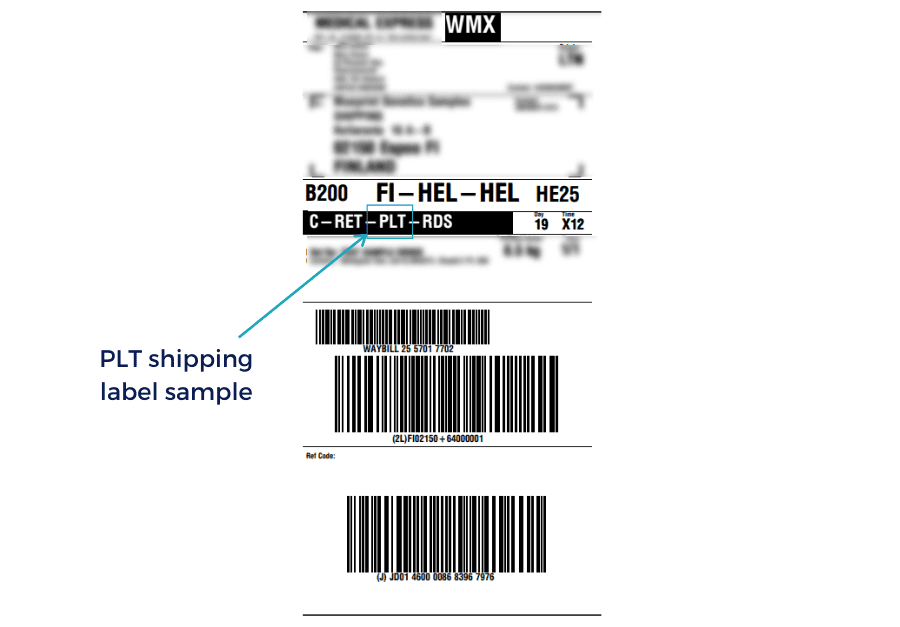Paperless Trade (PLT) allows you to electronically transmit customs documents, eliminating the need to print and physically attach them to your shipments.
The complexity of navigating and managing international trade documents and procedures acts as a major disincentive to many businesses wanting to participate in international trade. In addition, the enormous costs associated with the exchange of billions of trade-related documents annually can be a huge burden on businesses.
|
For example, an average shipment contains 6 pieces of paper documentation. In some cases, duplicates of these forms need to be included. This manual process of printing, recording, filing, and tracking can result in a high potential for human error and delay in customs. Paperless Trade reduces this risk. |
Example of Documentation
|
In addition, there is a rising demand for sustainable supply chain practices from consumers. There are many opportunities to reduce wastes and inefficiencies in the supply chain through smarter digital integrations. Paperless Trade is a key example; Global parcel volume will reach 200 billion by 2025 and by using Paperless Trade it would save an average of 141 million trees being used for trade-related documents alone. Therefore, connecting all stakeholders and information sources through API integration can be the key to unlocking a leaner, lower footprint supply chain.
Switching from paper documents increases security, transparency, and sustainability in supply chains. Paperless Trade aims to make cross-border business transactions more convenient and transparent while ensuring regulatory compliance and the sustainability of natural resources.
THE BENEFITS
|
Saves time No need to physically attach invoices (commercial or proforma) to shipments |
Saves money Reduces print and paper costs |
Environmentally friendlyReduces use of paper and printing consumables |
Fewer delaysEarlier receipt of documentation allows queries to be resolved more quickly |
Regulatory complianceTrade documents are accurately completed through system-to-system information transfer |
Eliminate human errorSystem information sharing eliminates the necessity for manual updates and processing |
HOW DOES IT WORKPaperless Trade is integrated into our TMS shipping solutions through our carrier network (E.g. DHL). When placing a shipment request, simply select Paperless Trade and upload the relevant documentation. All information that originally needed to be manually documented will be sent automatically to the carrier’s system and a label will be generated notifying that all paperwork has been addressed. |
 |
WHICH COUNTRIES SUPPORT PAPERLESS TRADE?
Paperless Trade is available in more than 150 countries worldwide.
Our system also includes Error Validation Software to ensure that it is available to the destination country and within customs value limits.
Topics from this blog: News Paperless Trade supply chain technology Digital Supply Chain


